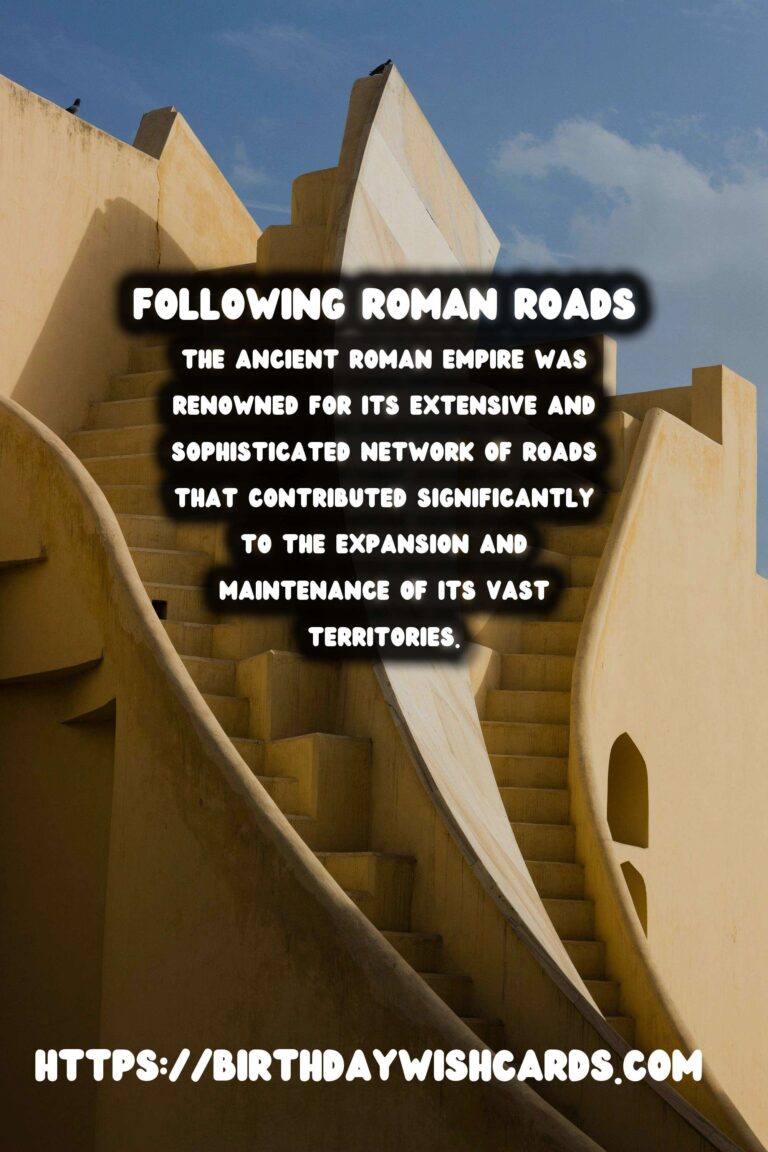
The ancient Roman Empire was renowned for its extensive and sophisticated network of roads that contributed significantly to the expansion and maintenance of its vast territories. These roads were not just remarkable for their time, but they laid the foundation for modern infrastructure. Today, following Roman roads can offer a fascinating journey into the past, allowing travelers to explore historical routes that have withstood the test of time.
The Birth of Roman Roads
Roman roads were designed to connect distant parts of the Roman Empire with Rome, the political heart. These roads were vital for moving troops, facilitating trade, and enabling effective administration across regions. Originating in the 4th century BC, the Romans applied advanced engineering techniques to ensure durability and efficiency.
Constructed with layers of stones, gravel, and concrete, Roman roads were renowned for their straight paths and robustness. The Via Appia, one of the earliest and most famous Roman roads, stretched from Rome to Brindisi, covering nearly 350 miles, and became a model for subsequent road-building projects.
Rediscovering Roman Roads
Today, many of these ancient roads or their remnants can be explored across Europe and beyond. While some segments have been integrated into modern roadways, others remain preserved as historical trails, attracting tourists and historians alike.
Exploration of these roads offers a unique glimpse into the ancient world, presenting a tangible connection to the past. Walking on the same paths that once saw the tread of Roman legions is an enriching experience emphasized by picturesque landscapes and architectural marvels.
Popular Roman Roads for Modern Travelers
Via Appia Antica
Beginning in Rome and extending towards the southeast of Italy, the Via Appia Antica is one of the most accessible Roman roads for those visiting Italy. This road not only offers a peek into antiquity but also is lined with ancient tombs, churches, and other relics.
Stane Street – The Roman Road to London
In the UK, the remnants of Stane Street, which connected Londinium (modern-day London) to Noviomagus (present-day Chichester), offer an opportunity for enthusiasts to trace Roman engineering in a quintessential English landscape.
Via Augusta
Spanning from the Pyrenees to Cadiz in Spain, the Via Augusta offers travelers both a historical journey and access to the scenic Mediterranean coast, showcasing Roman ingenuity alongside stunning natural beauty.
The Cultural and Historical Significance
Roman roads were not merely transit routes; they represented the spread of Roman culture, influence, and governance. Along these roads, cities flourished, cultures exchanged, and economic activities thrived.
The existence of these roads today serves as a reminder of how infrastructure can influence societal development. They underscore the Romans’ understanding of connectivity as a cornerstone of empire-building.
Preserving Roman Roads
As modern development continues, preserving these ancient roads becomes an essential task. Heritage organizations across Europe strive to maintain and protect these sites not just for their historical value but for educational purposes.
While modernization may compete for space, the importance of conserving such sites for future generations remains critical, providing ongoing research opportunities and fostering cultural tourism.
Exploring Roman Roads: Tips for Travelers
For those interested in walking or biking along these historical paths, several tips can enhance the experience:
- Research the history of specific roads to appreciate their significance fully.
- Plan routes that include stops at historical landmarks and museums.
- Engage with local guides who can offer insightful stories and historical context.
Whether a seasoned historian or a curious traveler, exploring the ancient Roman road network offers a unique journey that transcends mere sightseeing. It is an invitation to step back into a time where the very fabric of connectivity began shaping civilizations.
The ancient Roman Empire was renowned for its extensive and sophisticated network of roads that contributed significantly to the expansion and maintenance of its vast territories. These roads were not just remarkable for their time, but they laid the foundation for modern infrastructure. 
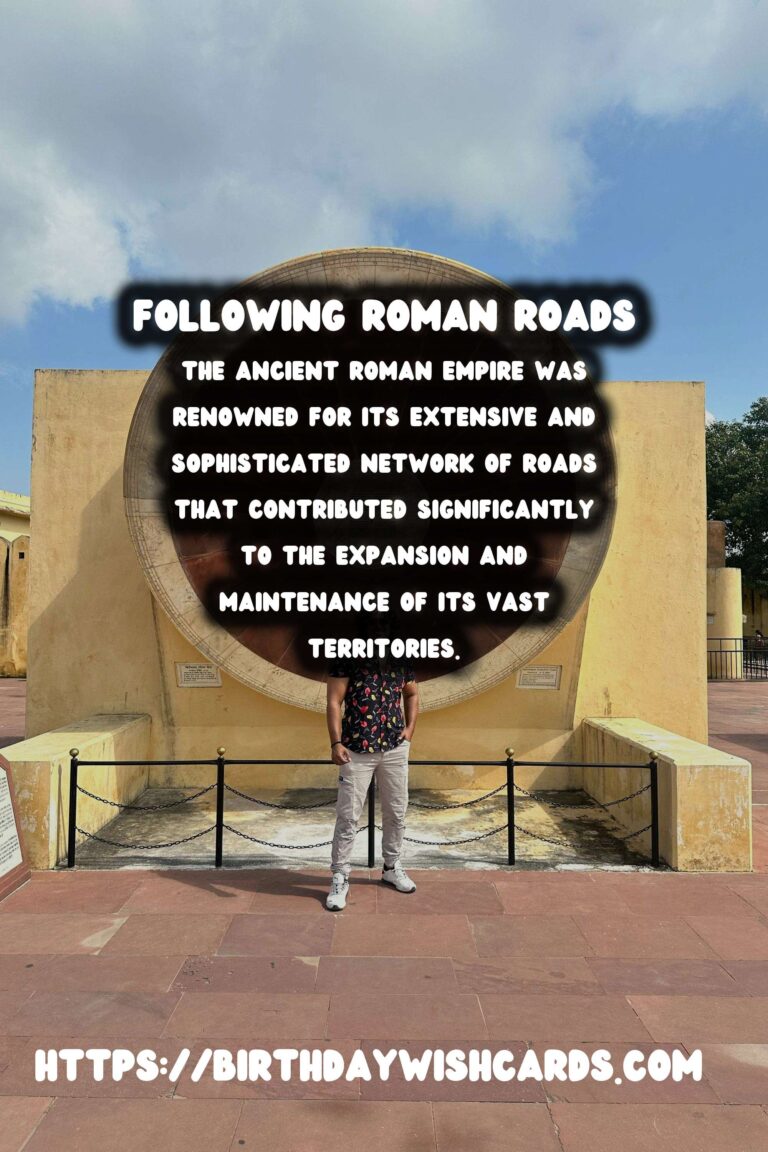
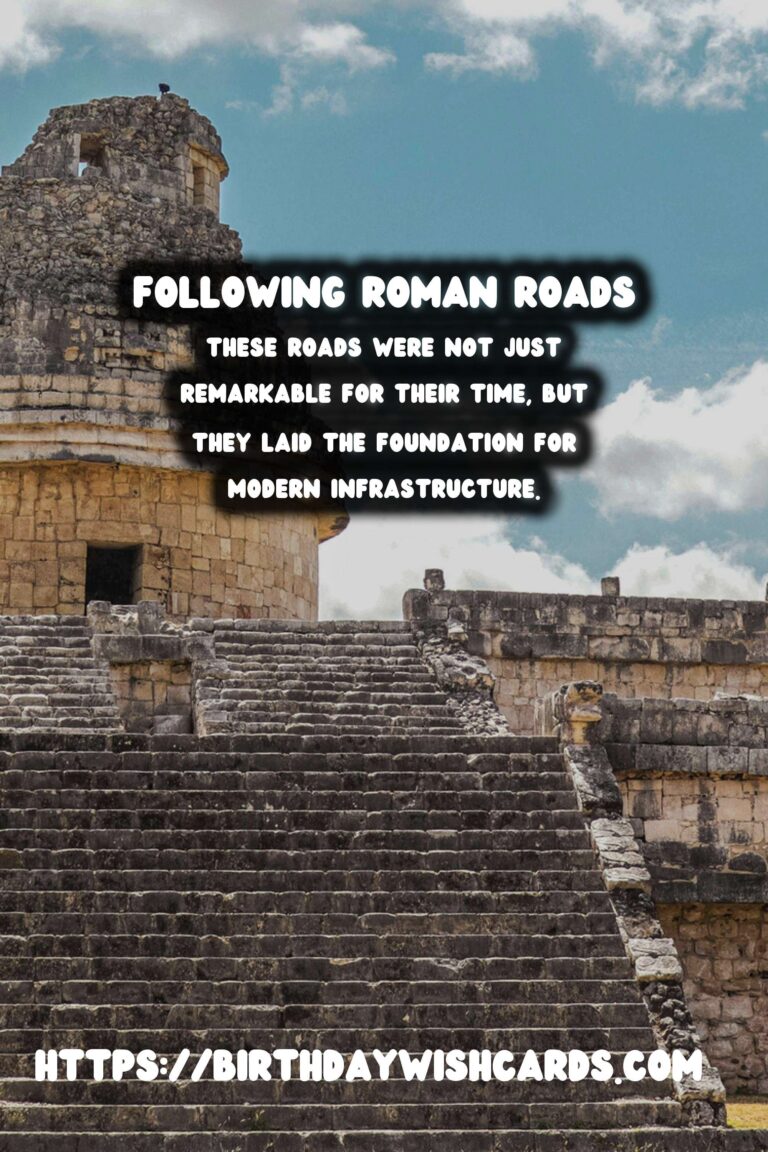
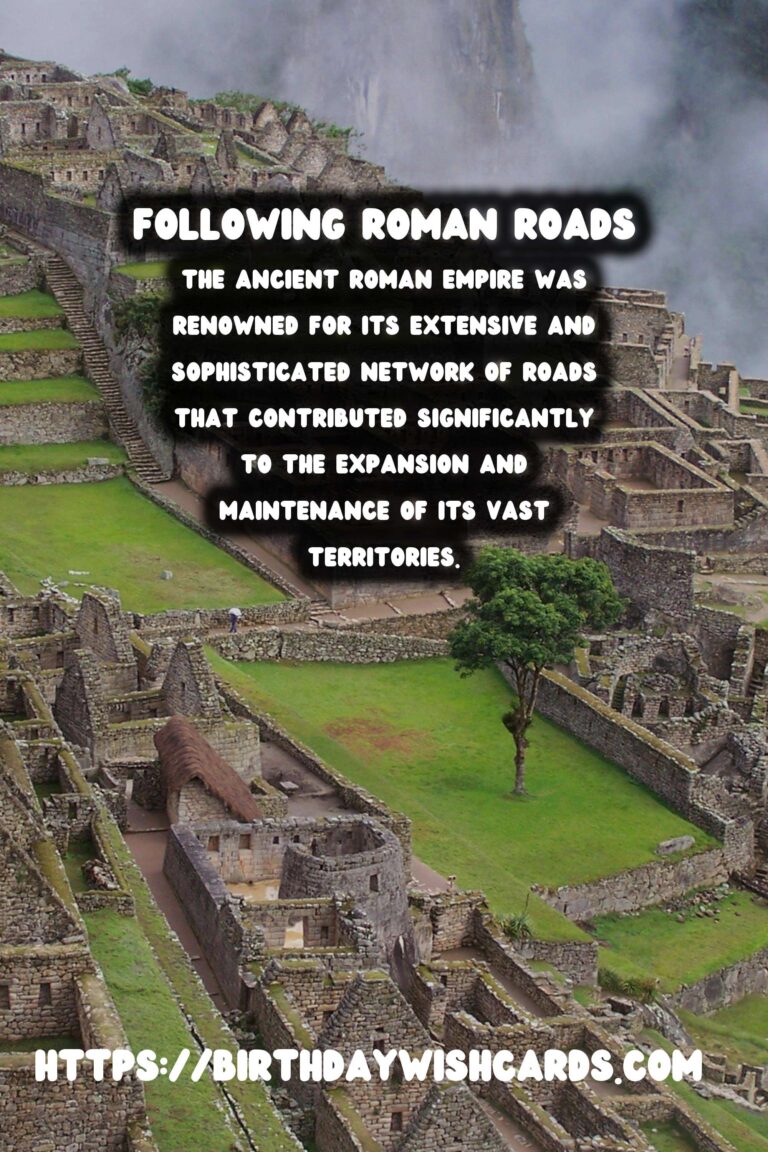
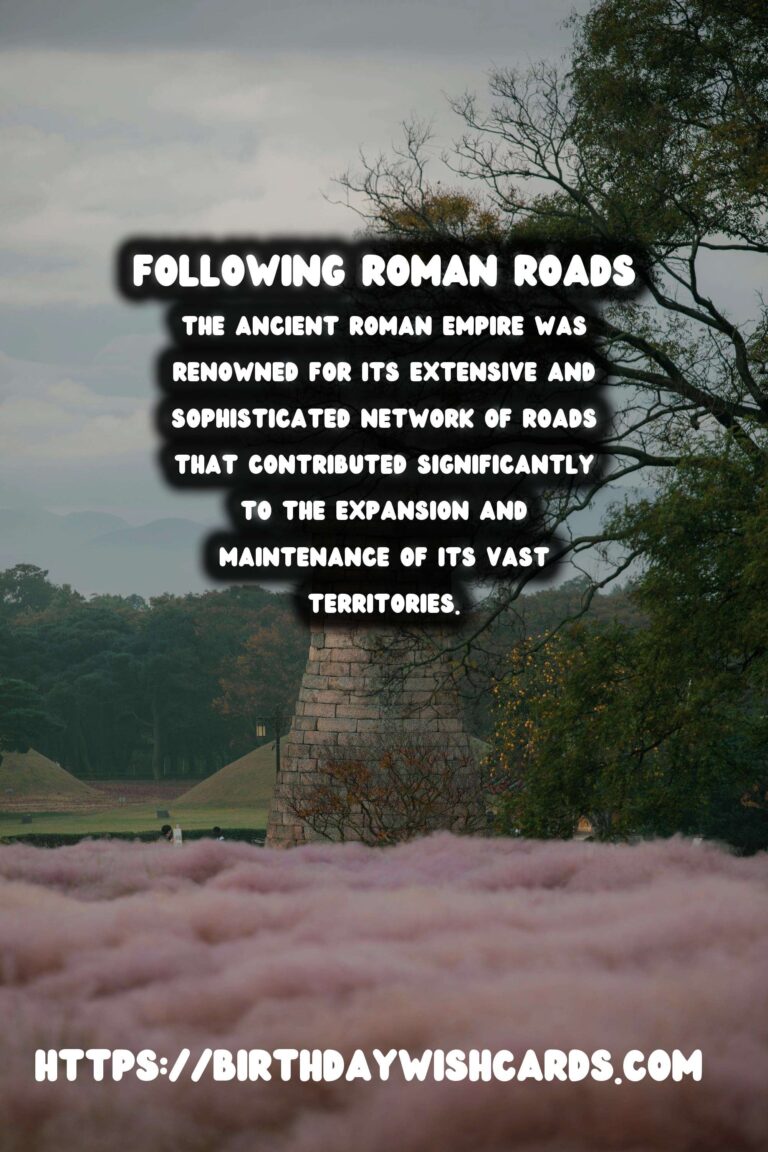
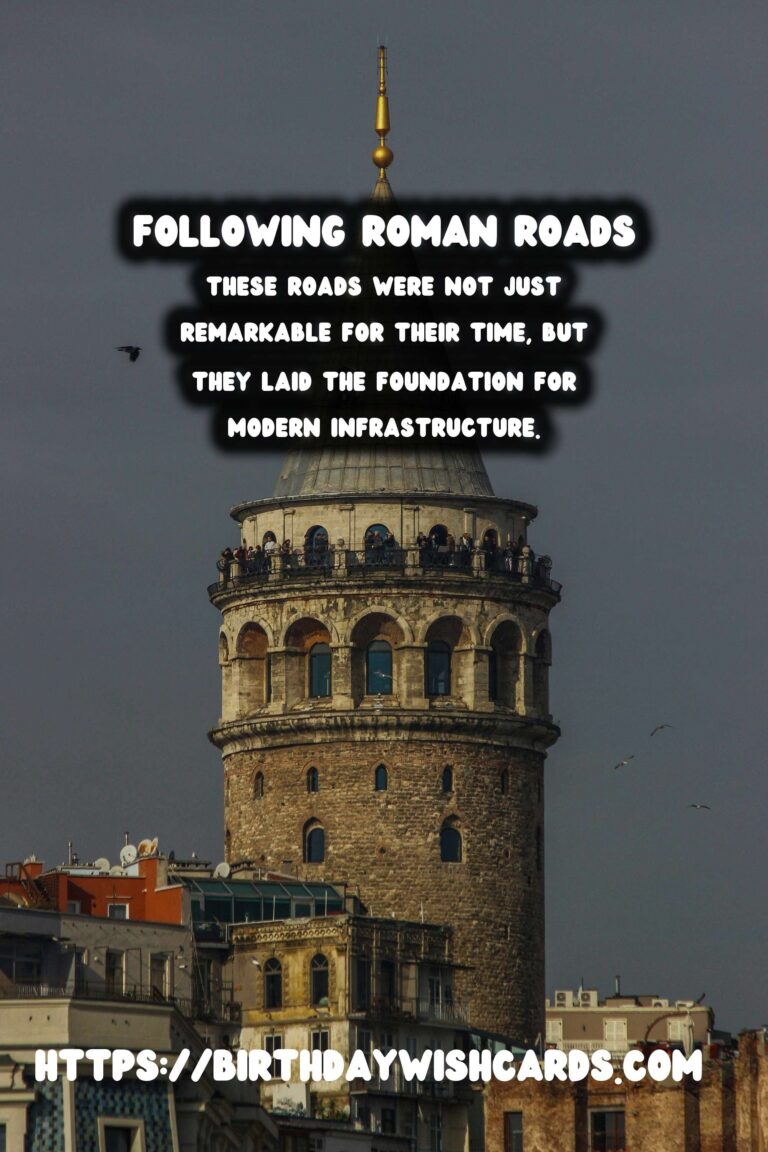
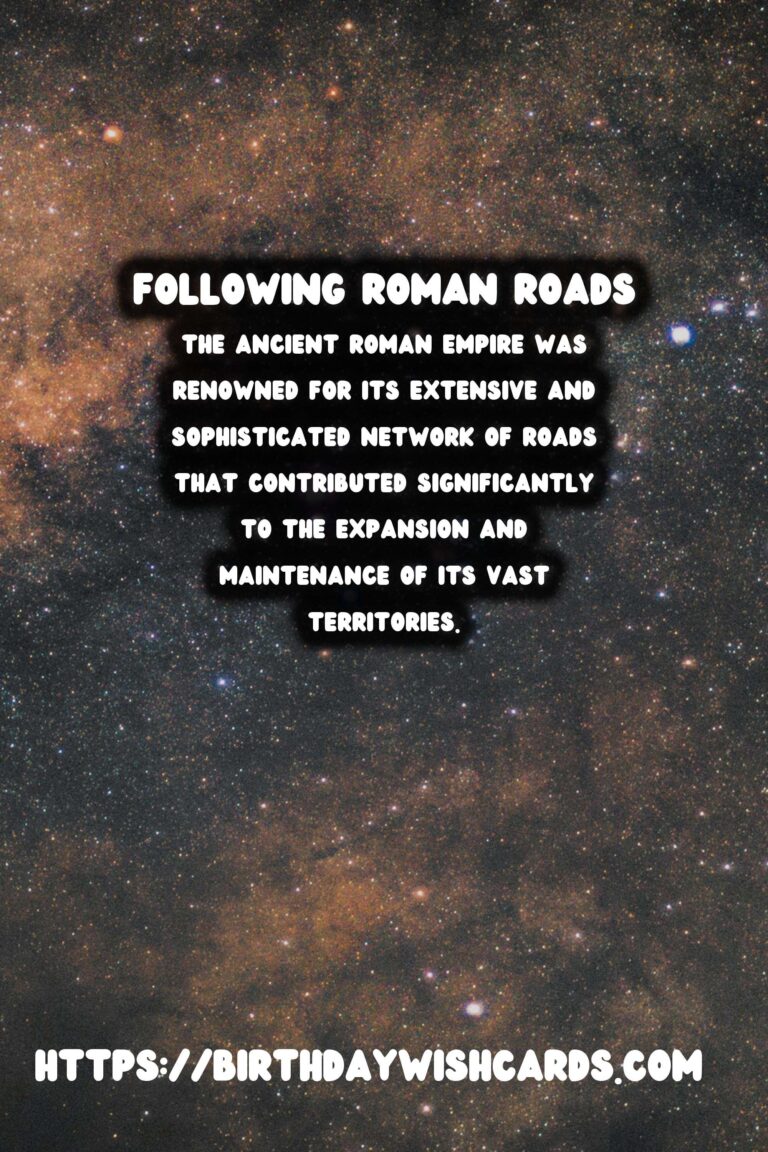
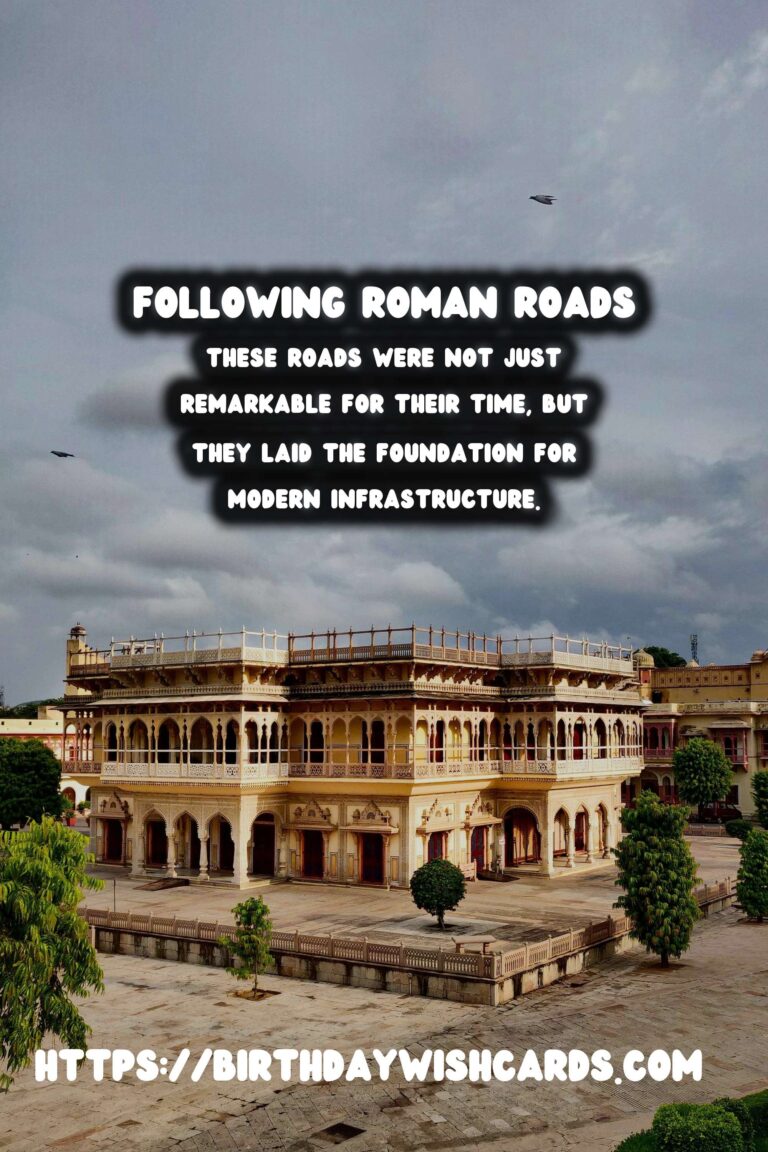
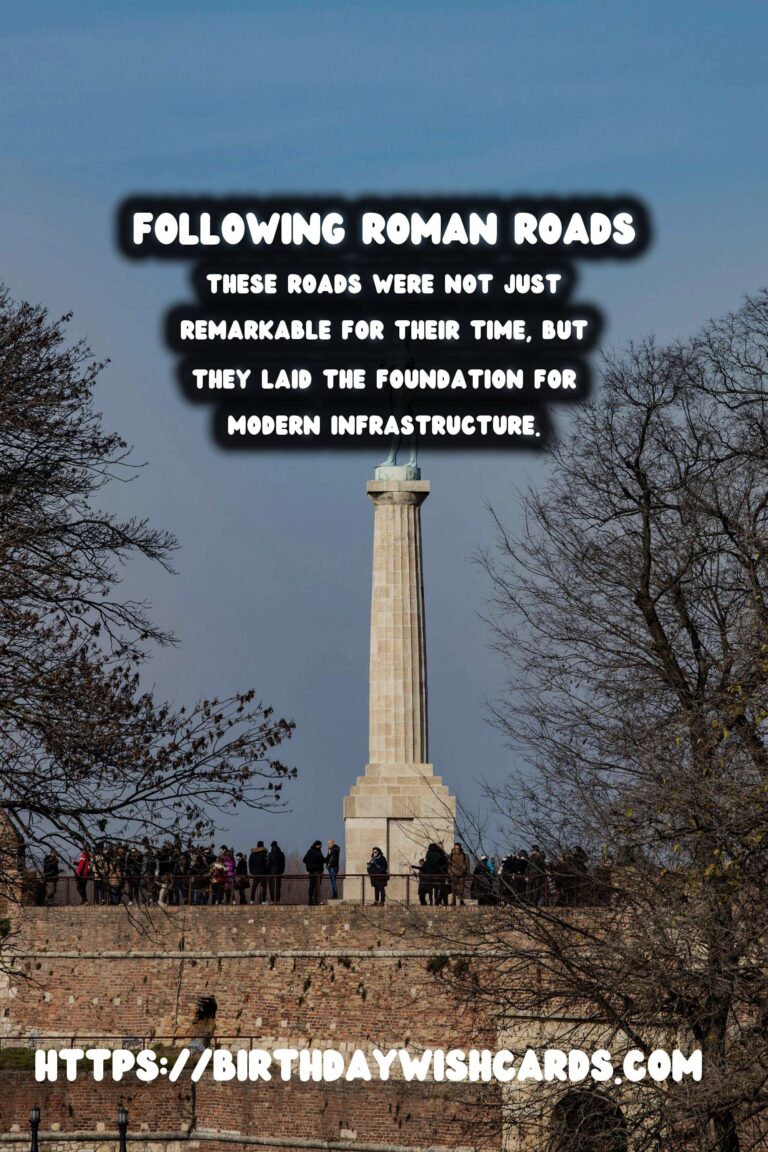
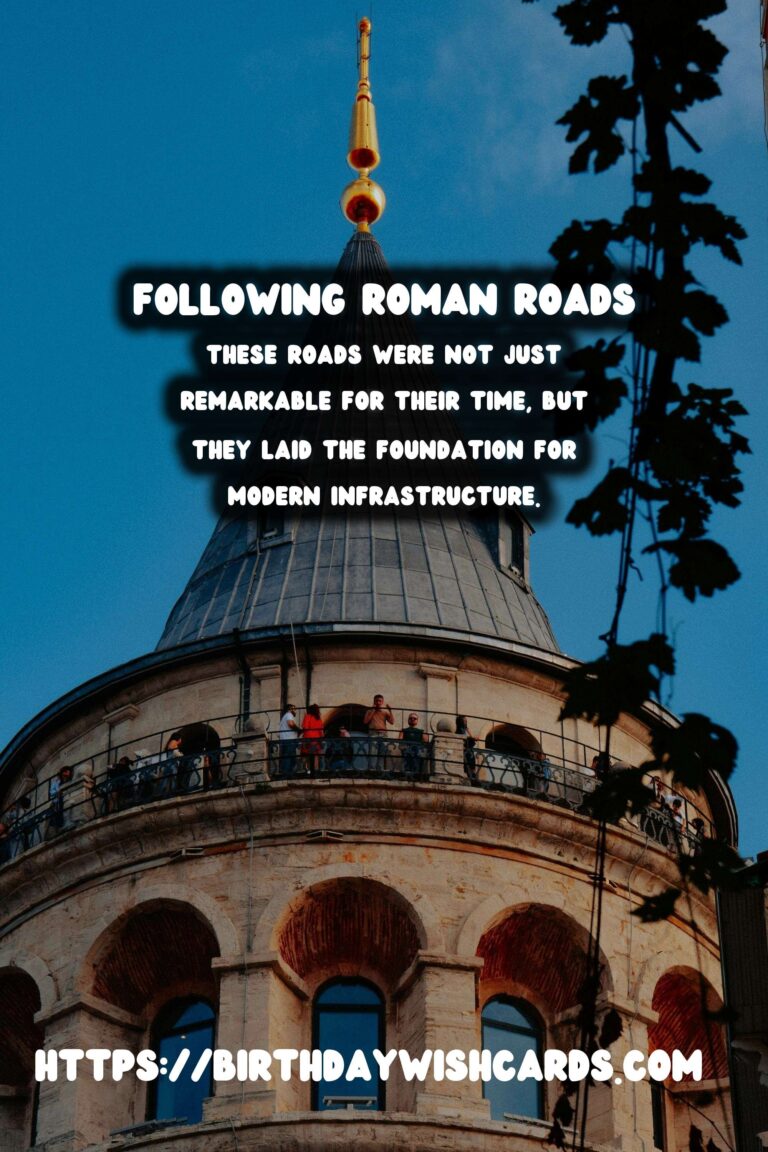
#RomanRoads #AncientHistory




